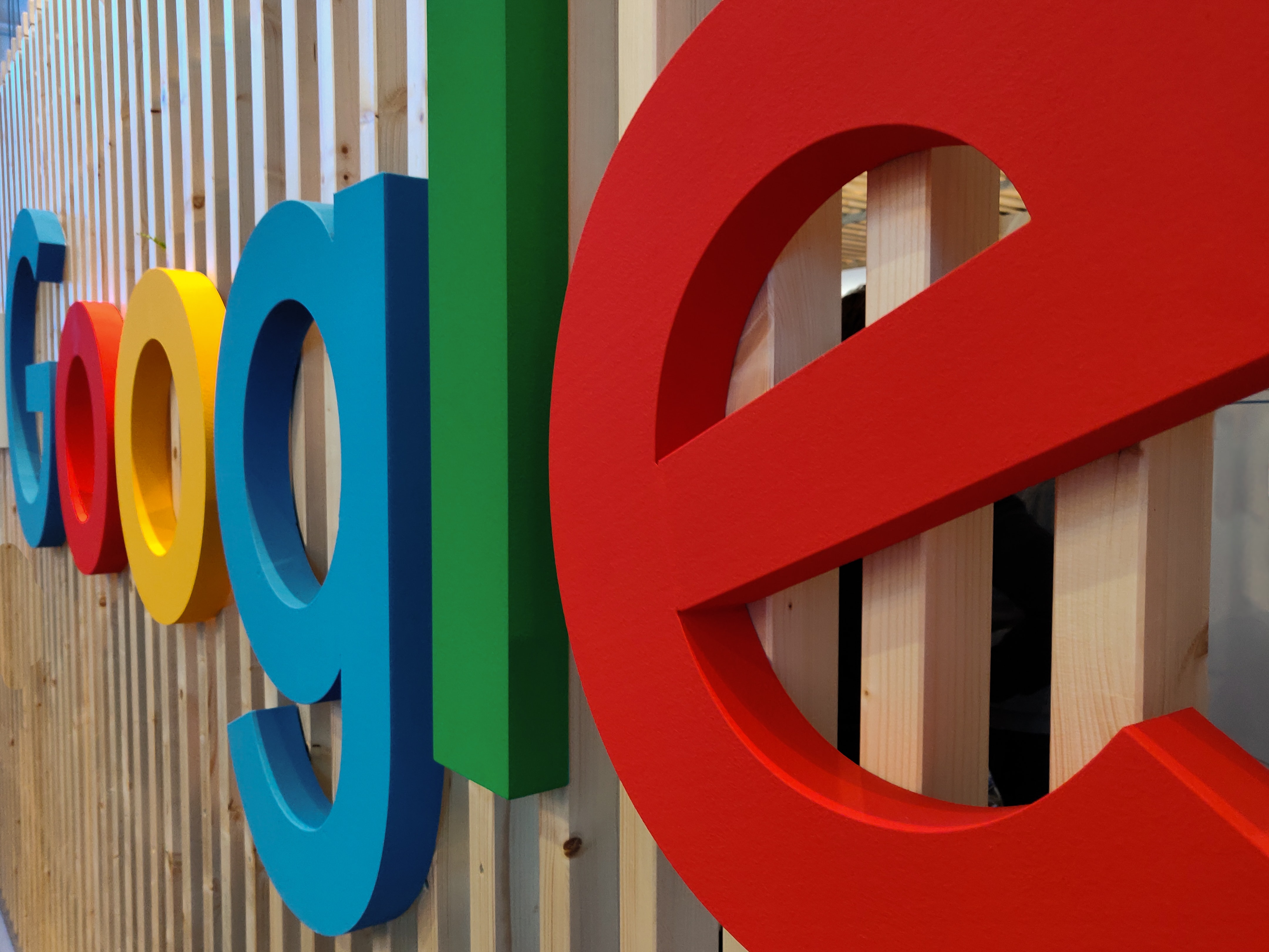Google Ad Extensions
Business advertisements are more competitive than ever and that’s why you can’t afford not to use Google Ad Extensions.
Businesses now need to instantly convey crucial information in a way that compels potential customers into action. Otherwise, their attention and wallet will wander elsewhere.
The key is to distill information into an engaging and enlightening form. Viewers should easily understand the benefits and immediately perceive how the product or service meets their needs. If they have additional questions, though, the solution is an ad extension.
What Are Google Ad Extensions?
Google ads offer extensions as a simple way of adding more information. When people want to learn more about a product or service, they can toggle the expanded options. Ad extensions are an excellent way of increasing the click-through rate and realizing the call to action.
For instance, a business will purchase Google ads that display the headline, URL, and description. Underneath or next to this information, there will be extensions. That can include tabs, such as “About Us,” “Our Products,” and “Current Offers,” or a link to the company’s mobile app.
There are several different types of extensions. These extensions allow advertisers to quickly connect viewers–with only a glance–to the information they need. Here are a few different types of extensions:
Call Extensions
Call extensions (not to be confused with “callout extensions”) make it easy for customers to call a business. The ad includes a business phone number that people can click on to call. As a rule of thumb, companies that add call extensions to Google ads can expect a six to eight percent increase in click-through-rate.
Advertisers can also opt to include call metrics. Google will assign a unique phone number to the ad that has tracking capabilities. There, a company can see how many people engaged with the ads extension.

Google Search On Mobile Phone
Price Extensions
When customers hover over a price extension, they can see the cost of a specific product or service. The information pops up in a sub-window. Google originally tested them with English pounds and US dollars, but now offers them in 24 languages and currencies.
Price extensions are a great way to improve transparency for a campaign or ad. The extension allows people to see prices for up to five items instantly. Plus, it can improve the quality score of advertisements, and help to boost their ad rank.
Get your free copy of https://tripleyourclicks.com/when-it-comes-to-email-leads-dont-take-five/ You need to read this eye-opening article before you respond to your next email lead. They have a crazy-short shelf life.
Structured Snippet Extensions
Structured snippets supplement the existing text beneath the ads. They display like headers with a list of values. The idea is to highlight a company’s specific product or service.
For instance, a sunglasses business might use brands as a category. They would then fill out the manufacturers they carry in their inventory that customers buy most often. The structured snippet may then read, “Brands: Oakley, Ray-Ban, Maui Jim, Burberry, Moscot, Mykita.”
Affiliate Location Extensions
A company wants to signal to customers when its products and services are nearby. Affiliate location extensions do just that. They provide local addresses, showing where people can make a purchase at a brick and mortar location. Customers can also click on the ads extensions to get directions to the store. The benefit? It results in more revenue at the local level.
For example, someone may search online for a new Apple computer. Apple may purchase Google ads with location extensions that show customers their nearest locations. Additionally, it can direct them to other retailers, such as Best Buy or Staples.
Sitelink Extensions
Sitelink extensions resemble smaller ads underneath the main ad. The goal is to condense essential information into palatable and informative bits. A business can direct customers to specific pages, products, or services with these ad extensions.
Google ads allow up to four sitelink extensions per ad. That includes a header and a description. One ad extension for Domino’s may read “Store Locator,” followed by “Find pizza places near me for carryout or delivery.”
Form Extensions (in Beta)
Google’s new form extensions help businesses stand out on mobile devices. They make the ads large and increase the chance of conversions. Like other ad extensions, they only cost users when someone clicks through the link.
Form extensions are short and to-the-point. When creating one, people can select from eight calls to action, such as “Apply Now,” “Subscribe,” “Download,” and “Contact Us.” Additionally, 30 characters show up underneath the call to action, which can compel a higher click-through rate.
Note that form extensions will only show up on mobile devices and tablets. Furthermore, some industries, such as healthcare, cannot collect personal information from users. Still, this new extension offers a fresh solution as a way for advertisers to connect with their target audience.
How Are Manual Extensions Different from Automatic Extensions?
Google’s goal is to connect users with the most useful information as quickly as possible. That is why the search engine places “high-quality” sources towards the top of the page. Similarly, it may automatically create ad extensions for websites that do not have them.
For instance, a videographer may create a website to showcase her portfolio. Even though she did not explicitly fill out extensions, Google may place extensions underneath the headline, URL, and description. They may read “Resume,” “Documentaries,” “Sizzle Reel,” and “Contact.” These words are examples of automatic extensions, and they simplify navigation.
Google uses automated extensions to improve ad performance. Some examples include dynamic sitelinks and automated call extensions. However, a company can take control of its campaign or ad group with manual extensions.
The manual ads extensions let people customize the headers and text while providing relevant information about their business. These are ideal for companies that are serious about their marketing efforts. Manual control also allows people to test their ads extensions to see which have the highest click-through rate.
How Do I Add an Extension to My Google Ad?
Many of the extension types mentioned in this article are manual. The first step to creating extensions is to visit your Google ads account. After clicking on “Campaign,” make sure to enable all features.
Next, click on the “Ad Extensions” tab and find the extension that works for your advertisement. For instance, a sitelink extension will require you to fill out a header, URL, and description. Picking extensions will require some trial and error.
Google offers advanced analytics so users can streamline the process. Analytics show everything from the click-through rate to traffic to impressions to clicks. This information makes it easier to see what content works and what does not.
Note that you will need to consider how your ads display on desktops as opposed to mobile devices. While the ad extensions default to a desktop display, you can change the appearance to fit a different device by clicking on “App Extensions,” then “Edit,” and “New App.” After filling out the information about your app, Google will automatically calibrate the extensions to fit the new setting.
Perhaps best of all, ad extensions are free to use for any ad or campaign. Plus, you can update them at any time without losing performance data. These straightforward, yet effective tools can make a huge difference when it comes to connecting with new customers.
If you need help with your Google ads account, please contact us at 407-459-8804 or info@TripleYourClicks.com

